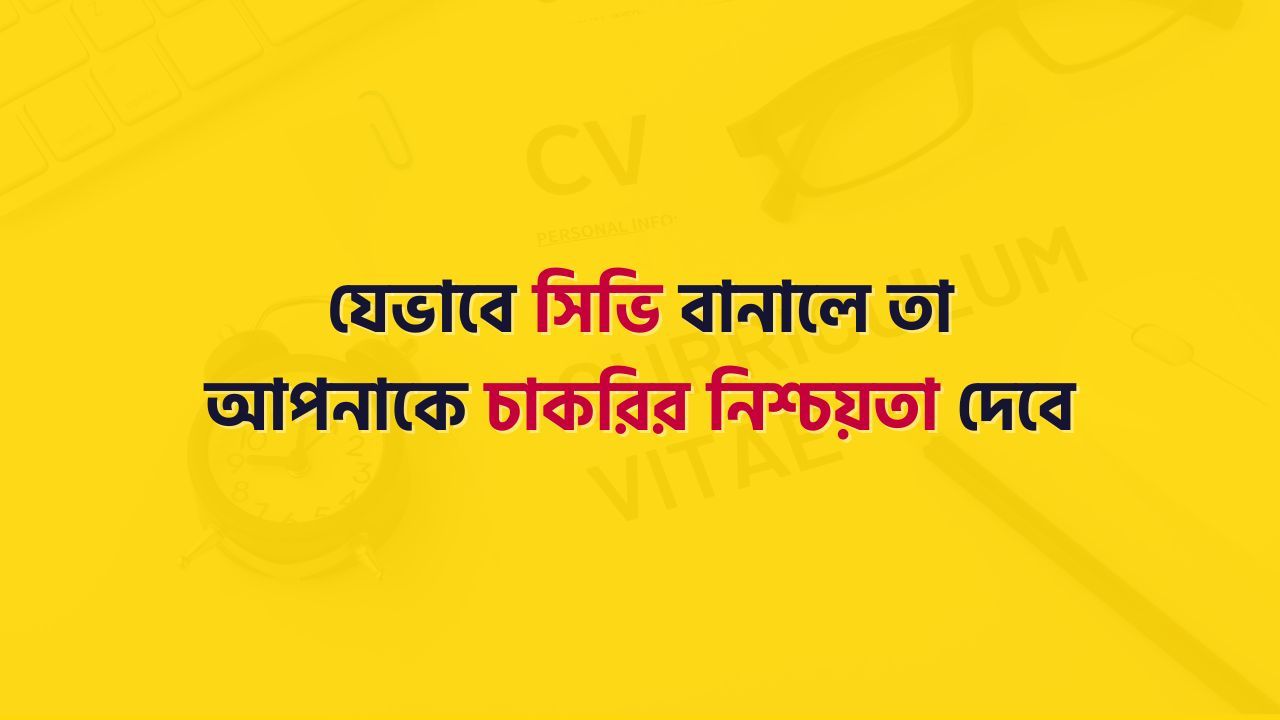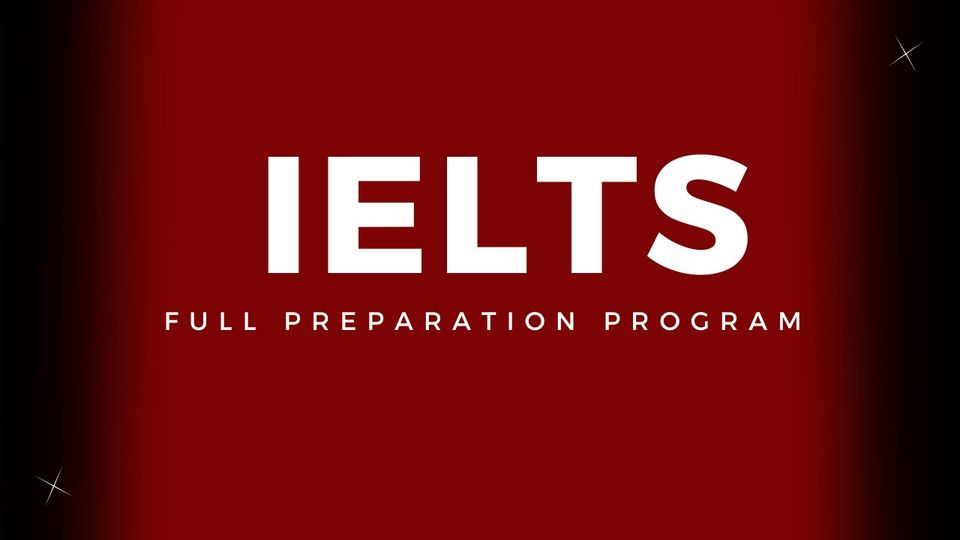Blog
/
Category
/
Details
All About IELTS Reading
24 June 2021
•
4 min read

When it comes to the IELTS Reading module, there is always a bit of confusion regarding certain key aspects. One of these is the exam pattern, or how the questions are set, to be more specific.
Well, let's clear that out now! Basically, there is not a great deal to it. The reading module is a 1-hour long module, just like the writing and listening modules.
Like the listening section, the reading section or module includes 40 questions. These questions are spaced out among 3 reading passages.
Each passage is divided into 10 or 12 smaller paragraphs, for easier reading. In the academic module, which is usually taken by applicants hoping to secure an admission spot abroad, the passages come from a variety of scholarly sources.
These include newspapers, journals, magazines, and other such sources. Be aware that all the passages and the information in them, are academically authentic.
Due to its academic nature, the IELTS Reading module of the academic IELTS tends to have a slightly complicated vocabulary, and may also include charts, maps, or other pictorials.
The questions in the reading module are of mixed types and include text completion, paragraph-to-sentence matching, True/False questions, flow chart/diagram completion, and a few other types.
In essence, all questions require the same strategy: understanding the text without wasting too much time on it.
Marking Criteria
There are a total of 40 raw marks to be achieved in the reading module. Each correct answer scores 1 point. An incorrect or unanswered question does not score any marks (but doesn’t result in marks lost either).
The raw mark out of 40 is converted to a band score, which ranges from 0 to 9 in 0.5 increments, with 9 being the highest possible band.
All modules in the IELTS exam are scored out of a 9 band. To get a 9 score on the reading test, you generally need to get 39-40 questions right. The next highest band is an 8.5, and you need to get 37-38 questions right.
All the other bands follow a similar marking scheme, with two wrong answers bringing you down half a band. Generally, 7 is a respectable score in the academic IELTS reading module. For that, you need a minimum of 30 correct answers, which isn't as hard as it seems!
But how is the overall band calculated? What if my score lies between a band increments? A score of 6.75 is one such example.
In this case, the band score is rounded up to the next nearest integer, which is 7. So even if your raw score got you a 6.75, your final and official band score will be a 7! This is a pretty neat scoring scheme.
However, the opposite works as well. If you end up with a 6.1, then your final band will be a 6, since 6.1 is closer to 6 than 6.5.
In short, your raw band score will be pushed to the nearest whole integer or half-integer score, if it's not a precise score that is.
Tips and Tricks
Time for some tips and tricks! Before I start with “tricks”, it is important to understand that the IELTS is a language proficiency exam. As thus, it tests your overall skills and sharpness in the English language.
Like any other language, English skills take time to develop, and expecting “tricks” to work in an exam is unlikely to yield good results, especially if you are struggling with the basics, such as reading at a good pace, or having difficulty with advanced vocabulary, and so on.
That being said, I am going to assume that your reading skills are above par, and you are habituated with reading academic level writing, such as writing found in newspapers and magazines.
So now for some tips mainly, and a few tricks here and there!
· Get into a reading habit, if you don’t have one already. Knowing how to read long passages (over 1000 words) is a must-have skill. The reading test is taxing, and it is easy to get overwhelmed.
· For the academic IELTS, read from newspapers and science magazines. There are some amazing newspapers you could read, such as the Guardian, the Atlantic, and The Economist. For more localized material, follow “The Daily Star” regularly.
· Keep an eye on the clock during the exam. With 1 full hour to finish the exam, you have to spend around 20 minutes per passage. Out of these 20 minutes, you will need 5 minutes or so to transfer the answers to the answer sheet (you do NOT get extra time for this! So transfer answers after completing each passage, if possible). This means you only have 15 minutes to get the whole thing done.
· Remember, you can only use a pencil to write the answers on the answer sheet. Pens can only be used for the writing module, and even there it is optional. Practice using a pencil from now, as this may seem like a simple issue, but the stress of the exam may cause you to forget.
· Do not leave anything unanswered. There are no negative marks, so even if you blank out, put an answer in the answer sheet.
· Spelling matters! If the question asks for a certain word from the passage, it must be spelled correctly. Wrong spelling means no mark.
· Use the question paper. Underline the passage, mark out words, take notes, whatever is needed. The question paper will not be checked, only the answer sheet will, so you can underline text, and make small notes in the question paper.
· Don’t try to memorize the passage or any of its facts! There will be a lot of information in the passages, and memorizing them is useless. Try to understand the theme and idea of each paragraph, and summarize it in your mind using 3 or 4 words. This will take practice, but in the exam, will save time.
· Lastly, practice, practice, and PRACTICE! There is no alternative to this step. Practice from the official IELTS question papers in particular. Stick to the official material, and don’t fall for unofficial guide books or trick manuals. Always practice with less time on your hands. So since the exam is 1 hour long, try to practice by finishing in 55 minutes. This may seem tough at first, but it WILL pay off. Don’t rush through, but try to find a balance between speed and accuracy.
Writer: Shahrear Bin Zaman, IELTS Score: 8 with band 9 in Reading
RELATED ARTICLES

যেভাবে সিভি/ রেজিউমে বানালে তা আপনাকে চাকরির নিশ্চয়তা দেবে
ডিজাইন সিভি তৈরি করে কঠিন হলে ও অসম্ভব নয় কিন্তু! -----লার্ন ডিজাইন// “প্রথমেই বলে নেয়া ভালো চাকরি পাওয়ার জন্য কোনো জটিল কিংবা দুর্বোধ্য সিভি বা রেজিউমে বানানোর প্রয়োজন নেই। একটি সিম্পল এবং রেলেভেন্ট সিভি হায়ারিং ম্যানেজারদের ইম্প্রেস করার জন্য যথেষ্ট। ডিজাইনার হিসেবে আপনি হয়তো মনযোগ আকর্ষনের জন্য কমপ্লেক্স এবং ইউনিক ডিজাইনের সিভসি/রেজিউমে বানানোর কথা ভাবছেন।কিন্তু সিভিটি যথাসম্ভব সিম্পল ও রেলেভেন্ট করা ভালো। কারণ যিনি প্রথমে আপনার সিভিটি দেখবেন তিনি হয়তো ডিজাইনার নাও হতে পারেন। একট
02 October 2023

ফর্মাল ইমেইল লেখার খুঁটিনাটি
ইমেইল আমাদের একটি অতি পরিচিত মাধ্যম হলেও, ফরমাল ইমেইল লেখার ক্ষেত্রে আমরা ভাষাগত ব্যবহার আদব-কায়দা নিয়ে শঙ্কায় পড়ে যাই। আসুন দেখে নেই এক নজরে ফরমাল ইমেইল রাইটিং এর ব্যাকরণ! ১) অভিবাদন জানানোর উপায়: * Dear sir/madam -ব্রিটিশ ইংলিশ এর বহুল ব্যবহৃত এবং স্বীকৃত নিয়ম । পরিচিত ব্যক্তির ক্ষেত্রে নির্দিষ্টভাবে স্যার/ ম্যাডাম উল্লেখ করা যেতে পারে। *Mr./ Ms.- আমেরিকান ইংলিশে ব্যবহৃত হয়। এই ক্ষেত্রে লক্ষণীয় হচ্ছে Mr./ Ms. এর পরে উপাধি ব্যবহার করতে হবে। কখনোই সেই ব্যক্তির ডাকনাম ব্যবহার করবেন ন
03 January 2022
•
1 min read

IELTS Listening Test
Academic এবং General উভয় ক্ষেত্রেই IELTS Listening Test এর প্রশ্নের নমুনা ও মানবন্টন একই। IELTS Listening এ সমস্ত কথা আপনি কেবল একবারই শুনতে পারবেন এবং এর মধ্যেই আপনাকে উত্তর খুঁজে বের করতে হবে। Join IELTS Listening On-live Batch * সময়: ৩০ মিনিট (উত্তরগুলো পুনরায় আলাদা একটি উত্তরপত্রে লেখার জন্য অতিরিক্ত আরো ১০ মিনিট) * সেকশন: ৪টি * প্রশ্ন সংখ্যা: ৪০টি (প্রতি সেকশনে ১০টি) * নম্বর: প্রতিটি সঠিক উত্তর এর জন্য ১ নম্বর (৪০ এ প্রাপ্ত নম্বরকে ব্যান্ড স্কোরে রূপান্তর করা হবে) সেকশনের ধরন:
08 September 2021
•
1 min read

IELTS Speaking Test
IELTS Speaking Test হল IELTS পরীক্ষার চারটি সেকশনের মধ্যে সর্বশেষ অংশ, যা আপনার বাস্তব জীবনে ইংরেজিতে কথা বলার দক্ষতা যাচাই করে। পরীক্ষাটিতে ৩টি অংশ এবং পরীক্ষকের সাথে প্রায় ১৪ মিনিটের মুখোমুখি কথোপকথন চালিয়ে যেতে হয়। Academic ও General উভয় ক্ষেত্রেই IELTS Speaking Test প্রায় একই ধরণের। পরীক্ষকের সাথে আপনার সম্পূর্ন কথোপকথনটি রেকর্ড করা হবে, যা পরবর্তীতে দ্বিতীয় একজন পরীক্ষক দ্বারা পুনরায় যাচাই করা হবে। এক নজরে IELTS Speaking Test: * সময়ঃ ১১-১৪ মিনিট * অংশঃ ৩টি * যা দেয়া হবেঃ কিউ কার্
02 August 2021
•
1 min read
Relevant Live Courses for HIGHER STUDY ABROAD









